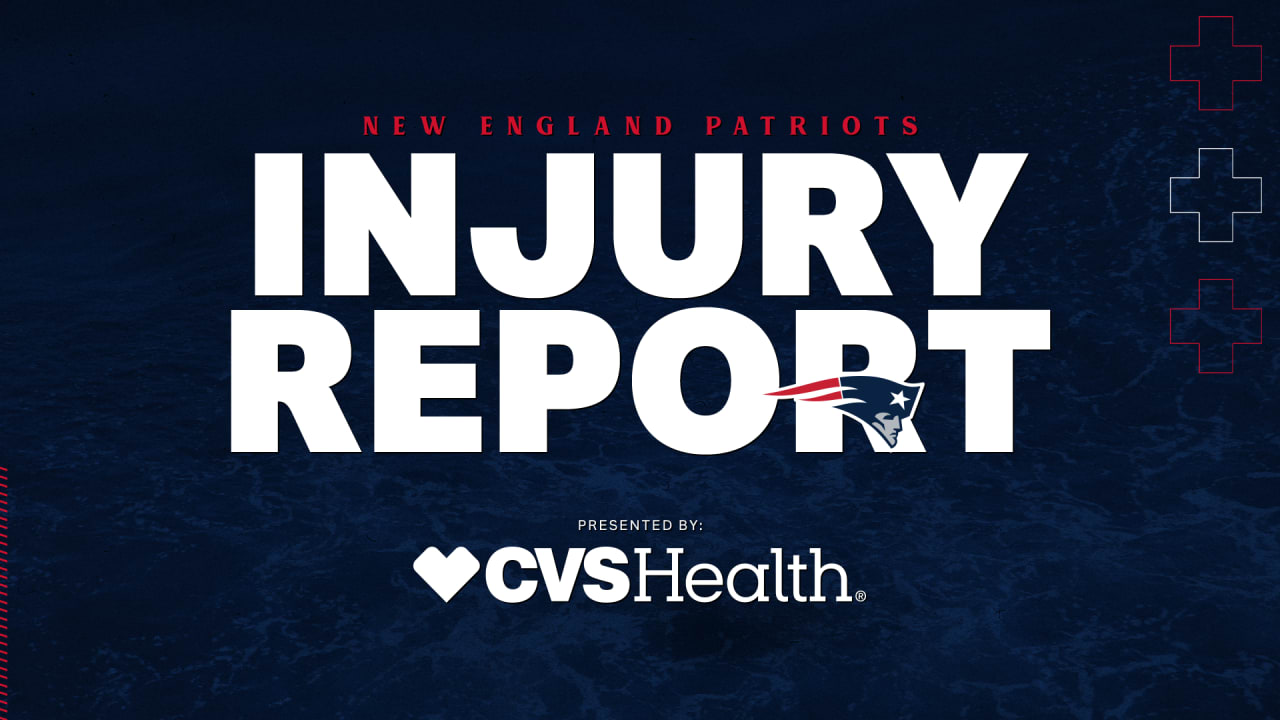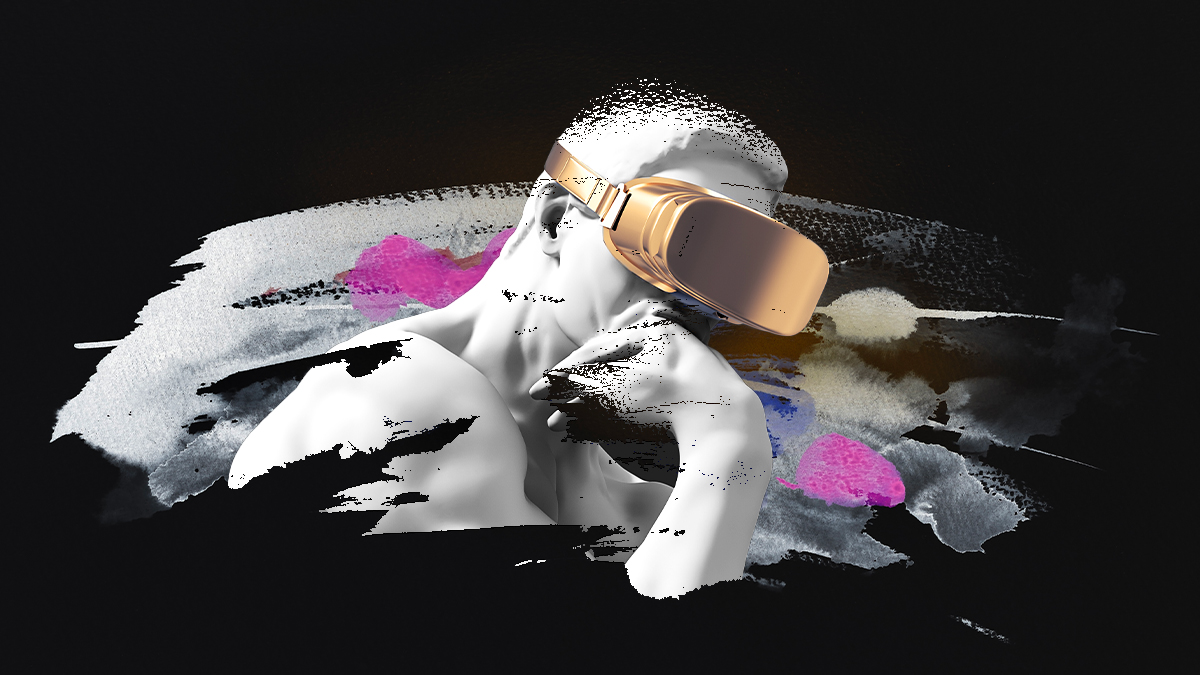Privacy concerns about the Internet have been around since it broke into the mainstream from the academic world. But, for decades, the voices warning us about the dangers inherent in it were considered little more than prophets of doom, paranoid maniacs yelling in the desert. But then, the likes of Julian Assange and Edward Snowden popped up, seemingly out of nowhere, and changed the game.
Concerns about privacy and the big-brotherish Internet surveillance have skyrocketed after Snowden’s revelations. The “marginal” issues raised by the “prophets of dooms” so long ago are now central to many Internet users worldwide.
The primary question in every concerned user’s mind is: what can I do to protect my privacy, then? So naturally, using a VPN is one of the most common answers (these days, even The Pirate Bay’s website encourages its users to adopt a VPN). So, it shouldn’t surprise us how the VPN market has exploded in recent years.
Then the Covid-19 pandemic arrived, pouring fuel into the fire. After that, online digital activities grew exponentially as millions of people worldwide found themselves confined, needing to work from home. They began doing everything through Zoom meetings, and cloud computing. Learning on the fly about the privacy implications of their everyday activities.
So, the previous indifference to privacy issues has become an obsession for many. Suddenly, everything we say or do has potentially tragic privacy implications, and the world is in constant danger.
And if everything and anything can influence everybody’s privacy, new technologies have even more potential to do so, like the blockchain.
Blockchain technology has been a subject as volatile as privacy – if not more so. The ideas behind Bitcoin’s structure crawled out of the cryptocurrency subculture into the computer science’s mainstream. It seemed that this new way of doing things had the potential to solve every technological or administrative problem. Then the hype went down almost as quickly as it went up.
Some very influential forces in the technology world have remained adamant about their commitment to the blockchain. IBM, for instance, chose the Stellar Lumens blockchain as its platform of choice for blockchain projects, and it’s remained bullish about it. Then the world shook in fear as rumors went around that Facebook’s Libra project would be a blockchain integrated into the social network. And more recently, we’ve seen how other tech giants such as Samsung, Amazon, and Microsoft are all putting together blockchain projects to compete in the market.
So, is the interest in the blockchain having a renaissance? Probably not. It seems that the world’s leading players never dumped their blockchain projects for the future; they just kept them under wraps. There is still plenty of faith in the blockchain’s potential to go around, although it has remained very far away from fulfilling its promises.
The potential in the blockchain is not in question. It’s there, and it’s enormous. But too many questions still are in the way of actual mass adoption. Blockchains have implications for personal and data privacy, of course. Some of those implications are peripheral, but some go to the core of the problem. So, that begs the following question: could personal privacy be the issue that finally brings blockchain technologies right into the heart of the mainstream?
Before we go ahead and try to answer that question, let’s first review the basics of blockchains.
Bitcoin is the blockchain that gets the most attention from enthusiasts and skeptics alike. That’s because it was the first one to arrive in the world, and the wild fluctuations that Bitcoin’s value has had over the years make it a dramatic story at all times. So it’s Bitcoin’s value that gets all the press, and thus most people are missing the point: the star in the cryptocurrency world is not Bitcoin. It’s the blockchain itself.

Image: Source
The blockchain is the algorithm that enables Bitcoin (and every other cryptocurrency) to exist. It’s the technology that can produce and maintain a secured, immutable, unhackable database (a ledger in most cases), and it’s that ledger that keeps Bitcoin alive.
And again, the blockchain is the innovative element in crypto, not the currencies. Blockchain applications extend far and away from managing digital money, even if it remains the use case that led to its existence.
And why is the blockchain the true star in the cryptocurrency movement? Because it provides a method in which you can keep a database pristine at all times. It makes arbitrary alterations or user fraud exceedingly challenging to achieve and even impossible in practice if the network is large enough. So a blockchain can authenticate anything that can be digitalized, even indirectly, without any “trust gaps” in the process.
Blockchain observers and enthusiasts see a resource that could become an alternative to things like passwords and usernames in the blockchain. Imagine a blockchain in the future that provides every single Internet user in the world with a digital identity. One that is encrypted, secure, and unalterable without the user’s consent. And this identity certificate will give you access to everything from your Gmail account to your medical records. The same blockchain would keep tracking your data and storing it. Because the blockchain architecture is all about safety and inalterability, all that data would remain safe and secure at all times. And that’s the theory. Personal privacy aided by blockchain could look like that in the future.
But every new technology always has to face and overcome generalized user resistance.
So a relevant question is, are we ready to allow the blockchain to create a digital watermark for each of us? Are we willing? Will we trust it and support it if such a network comes alive?
If we’re going to talk about using the blockchain as the foremost tool to protect privacy, then the first thing for us to understand is that privacy and protection are two very different notions. So, let’s try to come up with working definitions for both.
Privacy refers to your ability to decide what information other digital parties can collect about you. For example, are you ok with a website analyzing the type of songs you’re listening to every day? Or figuring out what your favorite pasta brand is by analyzing your shopping decisions? What rights should you have to determine all that?
Protection comes next. Once that privacy-related information is out there in somebody’s database, what is the database owner doing to make sure that it’s secure and that it won’t end up in the hands of hackers, third parties, or the government?
Privacy is a user right (not that it’s very respected by everybody, but it is, in principle). Protection is a duty that those who conduct data gathering (not that they honor it so often, either, but, again, it is in principle) are supposed to observe, if only because it’s in their best interest.
So the coin has two sides: privacy and protection, and both are crucial. Blockchain technology is excellent at one, but not with the other one.
Let’s consider the following scenario:
A user wants the option to delete a bit of data about himself that the blockchain stored previously. He can’t. The blockchain’s databases, ledgers, or other digital objects cannot be altered retrospectively. A blockchain’s memory is perfect because its history has a copy in every node in the network. In the words of Douglas Adams, “once that something happens, it stays happened.”
So how much of an advantage is this perfect blockchain memory? Well, it already flies in the face of the European Union’s General Data Protection Regulation. This legislation places the right of every user to be “forgotten” as an essential priority.

Image: Source
So, for instance, if I order a book on Amazon today that could become shameful to own in the future, that simple fact shouldn’t stay online to pester my future existence forever. But if these issues became ruled by the blockchain, then the memory of that book would be there forever to make my future miserable. We could discuss if any digital information storage system can truly forget naturally, but that’s for another day and another article.
For now, we will keep to the blockchain case. So no, it doesn’t forget; it never will. And this illustrates how a blockchain Big Brother would be a fantastic solution in terms of security but a bane for privacy rights.
Let’s imagine something that a blockchain could manage: the ability to control when your data can be used in a particular event instead of having the ability to opt out immediately. This is a nuance compatible with the blockchain philosophy, and it could improve everybody’s data experience.
But let’s not get ahead of ourselves. The scenarios we’ve described so far are what we could have with the current blockchain technology. But the blockchain is in its earliest infancy, it’s in the diaper stage still, and as it grows up and matures, it could offer us something much more nuanced and flexible to assist with privacy and protection. So let’s not throw the baby out with the bathwater yet. The idea to learn is that, at this stage, the usefulness of blockchains to protect personal privacy is very limited, as we (or the EU regulations) need it to be.
Centuries ago, gold and silver were wealth. They stored value. In today’s world, gold, silver, legal tender, and many other things hold value too (Bitcoin, for instance), but there’s a new player in the world: data. There is value in data in today’s economy.
For example, every time you perform a search on Google, the server knows it, keeps a record, and stores it in a database. Why? Because it knows how to put that piece of data together with other ones about you and monetize them. If you provide a valued customer ID at your grocery store, somebody tracks that information because it’s worth something to them.
And that’s nothing! When the Internet of things becomes prevalent, all your devices and toys will provide insane amounts of information about yourself to anybody willing to pay for it. And this is the context in which a blockchain becomes a vital tool in personal privacy protection.
A blockchain can empower users to choose the bits of data they want to be out there and who should have them. No, you can’t alter them once they’re out. So, if they visited a site with questionable content, the world would know (the fraction of the world who cares, at least).
But they could have the option to turn off access to that server so that nobody finds out. This would hold true until the blockchain in question gets hacked, of course. And hacked, it will be until it has enough nodes scattered around the planet so that no single agent can ever secure control of more than 50% + 1 of the network, which is what a hack needs.
So, yes, blockchains can still get hacked. And no, it’s not easy. And when they’re as big as Bitcoin, for example, it’s impossible in practice. But until the theoretical possibility remains there, the danger for privacy protection prevails. And even the theoretical chance a hacker has of disrupting a blockchain becomes irrelevant when complexity comes into the equation.
But let’s not get sidetracked. The blockchain holds enormous potential for protecting personal privacy and data. But having a blockchain-based solution for this problem is years in the future. Moreover, that kind of project would need willing coordination from governments, businesses, users, and regulatory authorities before it can happen.
The most likely scenario is that we will see pieces of a solution coming together in the next few years as the most tech-savvy companies begin to put forward blockchain experiments that offer partial protection to their customers. But it will be at least five years (being very optimistic) before we can see a blockchain-based encrypted identity service pop up as a viable commercial alternative.
So the big question remains: can blockchain be the personal privacy protection solution we all want? Yes, it could be. It has the seeds of the solution in it so that the fruit could solve the problem in the future. So the answer is: yes, maybe, someday.
But as things stand today, even one year is too long to wait for anything. The digital world moves too fast already. So if what we want is something that will help things right here and now, then blockchain isn’t it. Unfortunately, nothing will help us improve our privacy protection more than the partial solutions we already have in the very present.
Anthony is CEO and Founder of Gaenzle Marketing. He is a two-time published author, digital marketing influencer, and technology enthusiast. He has helped brands both large and small grow and thrive across multiple industries through strategic marketing campaigns and introducing powerful technology solutions to improve productivity and help them grow.
source


 Sports1 year ago
Sports1 year ago
 News2 years ago
News2 years ago
 News2 years ago
News2 years ago
 Entertainment1 year ago
Entertainment1 year ago
 Florida2 years ago
Florida2 years ago
 Entertainment2 years ago
Entertainment2 years ago
 Tech2 years ago
Tech2 years ago
 Business2 years ago
Business2 years ago




